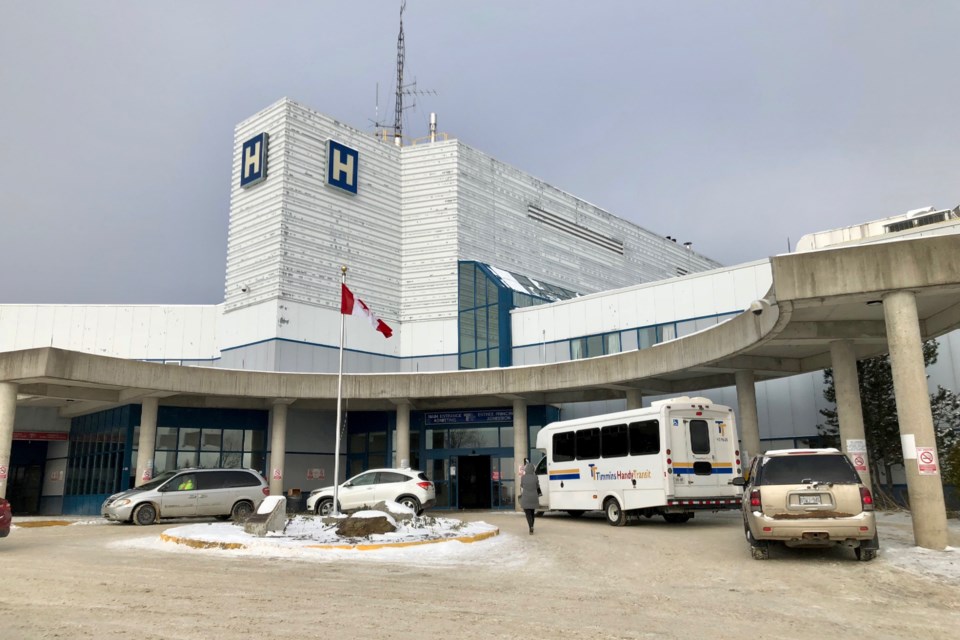After activating its surge plan late last week, it was back to business as usual by Monday morning at Timmins and District Hospital, according to the infection control and risk management coordinator.
The surge plan is put in place when the number of admitted patients exceeds the bed capacity.
It was activated Friday afternoon, and by Monday Jodie Russell said the situation had improved.
"We are still monitoring the situation on a day-by-day basis because we still know that there’s a lot of influenza out there, there’s still a lot of pneumonia, so the number of admissions to hospital and/or the pressures in our emergency department are fairly fluid, they kind of go up and down on a daily basis,” he said.
When there are more admitted patients than beds to put them, Russell said in some hospitals there is "hallway medicine" where patients are on stretchers or beds in the hallway.
“At Timmins and District Hospital we work really, really hard not to have that happen," said Russell.
"We would rather open up an area like we did on the weekend in day surgery and put patients in a day surgery area over the weekend. It’s not typically where we take care of people overnight, but it’s an area where we will take care of people after they have a minor surgical procedure. But we would rather put patients in that area than leave them in hallways or other areas."
For the plan, he said extra staff were brought in and he's very pleased with how they handled it.
The public also heeded the request to avoid the emergency department for non-emergencies.
"We actually found that the presentations to emergency went down on Saturday and Sunday morning as a result of it, so we are very appreciative of the cooperation of the general public,” he said.
According to Russell, the last time the surge plan was activated was 12 years ago.
“But with respect to being in an over-bed capacity, it is something that happens to us very, very often where we run what we call a minor surge. What we did on Friday was different, that’s what we call a moderate surge where we actually have to open areas like day surgery or perhaps we would look at other areas in the hospital that we don’t typically put admitted patients into,” he said.
He noted there are still a lot of pressures on the emergency department.
If you require urgent or emergent care, he said that it is where you should go.
If you're not sure if your symptoms warrant a trip to the ER, he said to use TeleHealth, a free provincial service available 24/7. The toll-free number for TeleHealth Ontario is 1-866-797-0000.
"You can speak to a nurse and you can review your concerns and your symptoms with that nurse and they can provide you with the feedback whether you need to go to an emergency department or you can make an appointment to see a doctor if you have a doctor or to go to a walk-in clinic to be seen,” he said.



